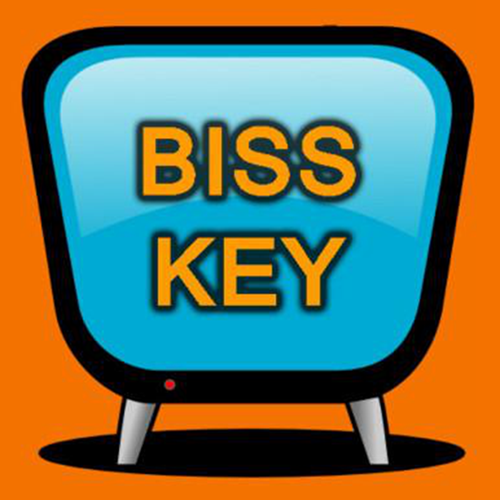Products Category
- FM Transmitter
- 0-50w 50w-1000w 2kw-10kw 10kw+
- TV Transmitter
- 0-50w 50-1kw 2kw-10kw
- FM Antenna
- TV Antenna
- Antenna Accessory
- Cable Connector Power Splitter Dummy Load
- RF Transistor
- Power Supply
- Audio Equipments
- DTV Front End Equipment
- Link System
- STL system Microwave Link system
- FM Radio
- Power Meter
- Other Products
- Special for Coronavirus
Products Tags
Fmuser Sites
- es.fmuser.net
- it.fmuser.net
- fr.fmuser.net
- de.fmuser.net
- af.fmuser.net ->Afrikaans
- sq.fmuser.net ->Albanian
- ar.fmuser.net ->Arabic
- hy.fmuser.net ->Armenian
- az.fmuser.net ->Azerbaijani
- eu.fmuser.net ->Basque
- be.fmuser.net ->Belarusian
- bg.fmuser.net ->Bulgarian
- ca.fmuser.net ->Catalan
- zh-CN.fmuser.net ->Chinese (Simplified)
- zh-TW.fmuser.net ->Chinese (Traditional)
- hr.fmuser.net ->Croatian
- cs.fmuser.net ->Czech
- da.fmuser.net ->Danish
- nl.fmuser.net ->Dutch
- et.fmuser.net ->Estonian
- tl.fmuser.net ->Filipino
- fi.fmuser.net ->Finnish
- fr.fmuser.net ->French
- gl.fmuser.net ->Galician
- ka.fmuser.net ->Georgian
- de.fmuser.net ->German
- el.fmuser.net ->Greek
- ht.fmuser.net ->Haitian Creole
- iw.fmuser.net ->Hebrew
- hi.fmuser.net ->Hindi
- hu.fmuser.net ->Hungarian
- is.fmuser.net ->Icelandic
- id.fmuser.net ->Indonesian
- ga.fmuser.net ->Irish
- it.fmuser.net ->Italian
- ja.fmuser.net ->Japanese
- ko.fmuser.net ->Korean
- lv.fmuser.net ->Latvian
- lt.fmuser.net ->Lithuanian
- mk.fmuser.net ->Macedonian
- ms.fmuser.net ->Malay
- mt.fmuser.net ->Maltese
- no.fmuser.net ->Norwegian
- fa.fmuser.net ->Persian
- pl.fmuser.net ->Polish
- pt.fmuser.net ->Portuguese
- ro.fmuser.net ->Romanian
- ru.fmuser.net ->Russian
- sr.fmuser.net ->Serbian
- sk.fmuser.net ->Slovak
- sl.fmuser.net ->Slovenian
- es.fmuser.net ->Spanish
- sw.fmuser.net ->Swahili
- sv.fmuser.net ->Swedish
- th.fmuser.net ->Thai
- tr.fmuser.net ->Turkish
- uk.fmuser.net ->Ukrainian
- ur.fmuser.net ->Urdu
- vi.fmuser.net ->Vietnamese
- cy.fmuser.net ->Welsh
- yi.fmuser.net ->Yiddish
What's BISS, BISS-Key, BISS-1 and BISS-E?
Basic Interoperable Scrambling System, usually known as BISS, is a scrambling method used in digital television systems. It's a satellite signal scrambling system developed by the European Broadcasting Union and a consortium of hardware manufacturers.

Proprietary encryption methods were determined by encoder manufacturers, and placed major compatibility limitations on the type of satellite receiver (IRD) that could be used for each feed. BISS was an attempt to create an "open platform" encryption system, which could be used across a range of manufacturers equipment.
The key relative to the CAS changes every certain period (usually 5 to 30 seconds), through a dedicated channel and has dedicated software (ECMG, EMMG) or device (such as scrambler) face-to-face, which is a key fixed The method does not require software such as CAS and a complicated scrambler, and the key transmission can be a very simple method such as word-of-mouth communication.
Since satellite news broadcast is different from general satellite TV, it is not suitable to use the general encryption method. If the satellite news signal is transmitted without any encryption, this has the opportunity to be directly taken care of by the people who are interested. Star signal viewing, so there is a need to develop a simple encryption system to cope with such special needs.
Its scrambling algorithm is based on DVB-CSA (DVB Universal Scrambling Algorithm). The main purposes are: temporary retransmission; ad hoc meetings; simple scrambling.
There are mainly two different types of BISS encryption used:
* BISS-1 transmissions are protected by a 12 digit hexadecimal "session key" that is agreed by the transmitting and receiving parties prior to transmission, only the sender and receiver know thesession key.The key is entered into both the encoder and decoder, this key then forms part of the encryption of the digital TV signal and any receiver with BISS-support with the correct key will decrypt the signal.
* BISS-E (E for encrypted) is a variation where the decoder has stored one secret BISS-key entered by for example a rightsholder. This is unknown to the user of the decoder. The user is then sent a 16-digit hexadecimal code, which is entered as a "session key". This session key is then mathematically combined internally to calculate a BISS-1 key that can decrypt the signal.
Only a decoder with the correct secret BISS-key will be able to decrypt a BISS-E feed. This gives rightsholder control as to exactly which decoder can be used to decrypt/decode a specific feed. Any BISS-E encrypted feed will have a corresponding BISS-1 key that will unlock it.

